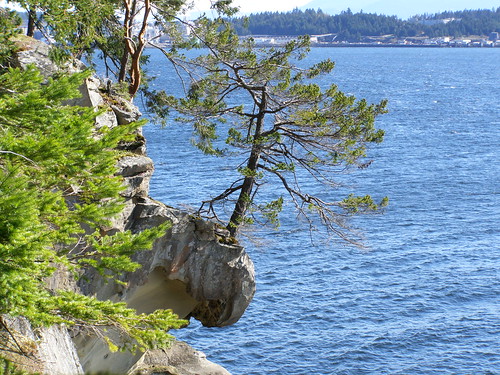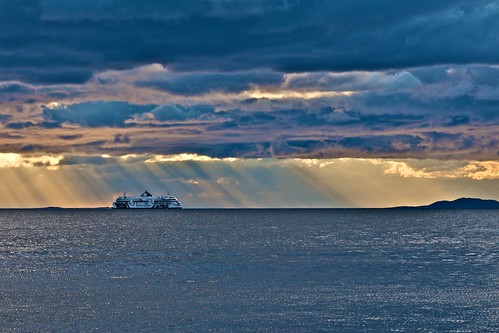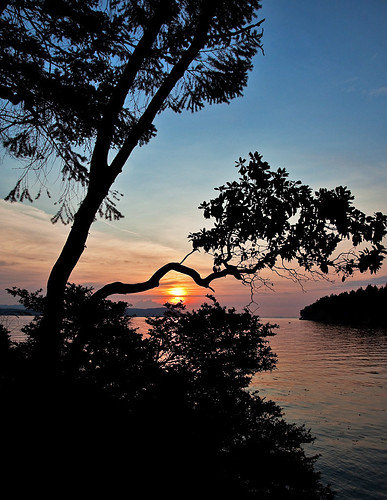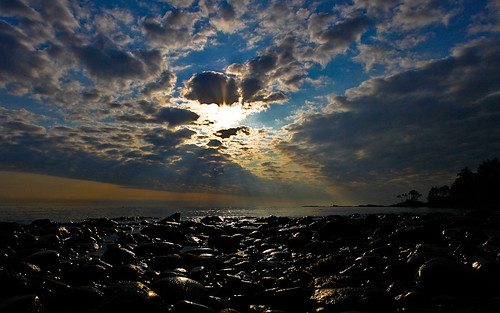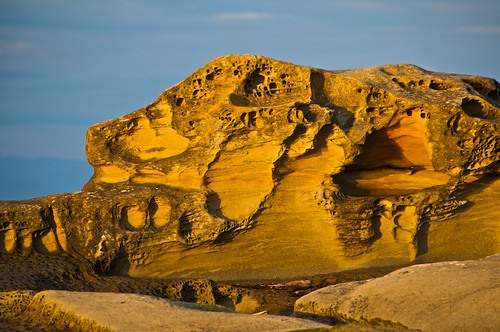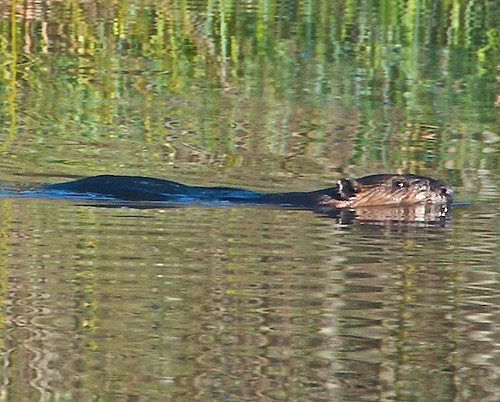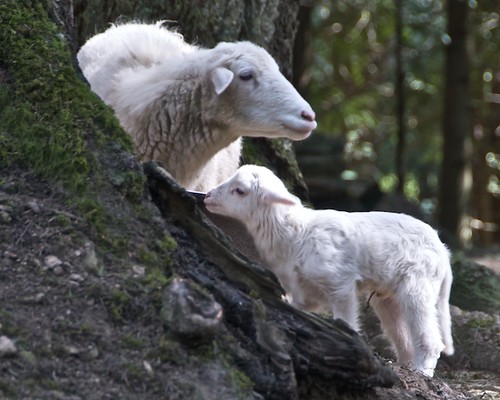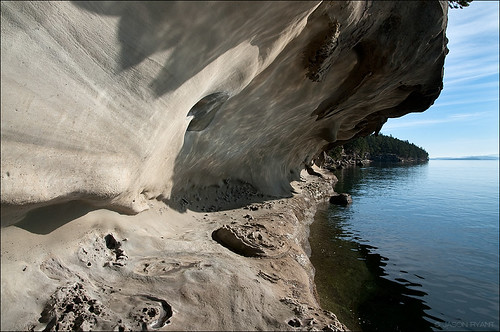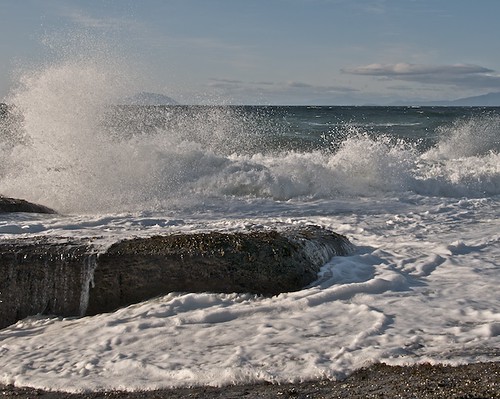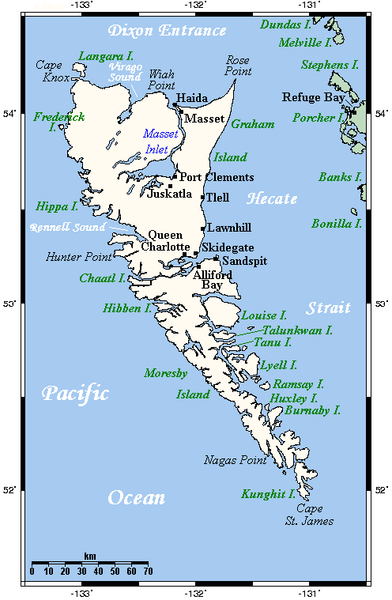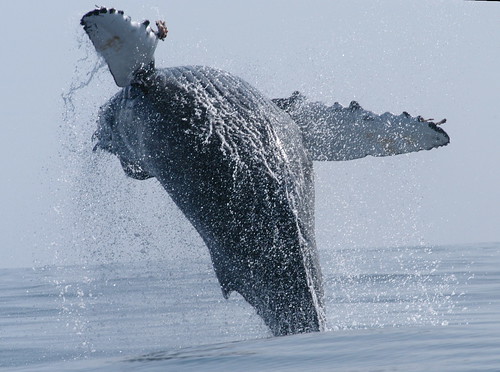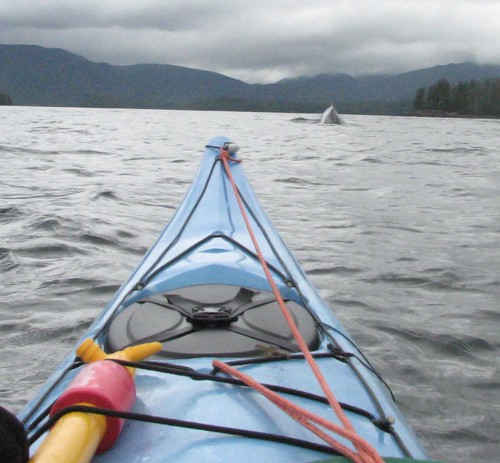
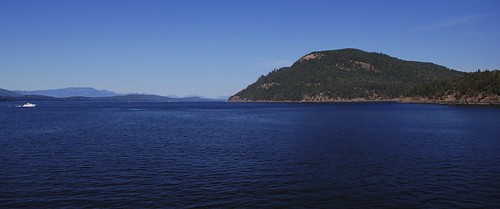
A long, narrow island, and the driest in the Gulf Island chain, Galiano Island was named after the Spanish explorer Dionisio Galiano who sailed these waters in 1792. Galiano Island is the second largest of the Gulf Islands, after Saltspring Island.
Galiano Islanders move at their own easy pace, respecting and protecting a fragile environment which is home to over 130 species of birds and many rare and protected plants.
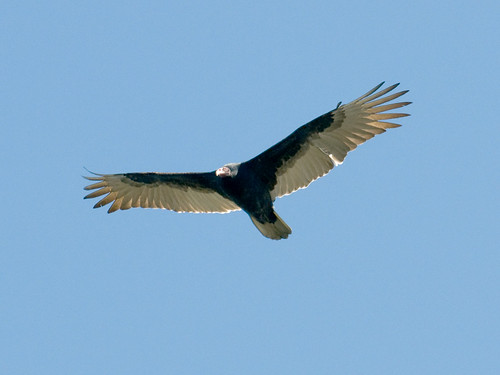
Rich in history and beauty, Galiano has been called The Jewel of the Strait of Georgia. For thousands of years before Europeans arrived, the Coast Salish aboriginal people had lived here, gathering a rich variety of foods from its forests and shores.
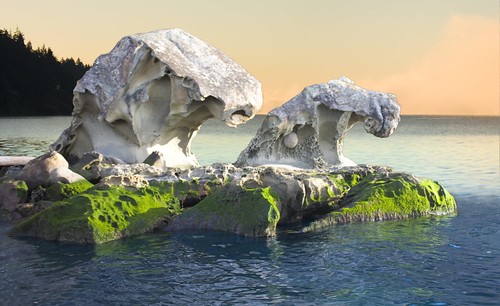

There are seven major islands in the southern half of the Strait of Georgia. Among them, Galiano Island has always enjoyed the reputation as being the most welcoming to visitors. This is due in large part to the limited amount of farmland on Galiano in comparison to other islands. Of necessity, early settlers here opened their homes to tourists as a way of earning a living.


Despite being the first stop off the Tsawwassen ferry, Galiano Island retains an undeveloped, secluded character. Dedicated residents have worked hard to protect the natural features that extend along the island's narrow, 19-mile (30-km) length. The community and its supporters have purchased several areas as ecological reserves, including Mt. Galiano, Mt. Sutil and more recently, Bodega Ridge, whose rocky Bluff is unique in Western Canada. These eco-sensitive areas will be kept as forests in perpetuity by the Galiano community for the enjoyment of all.
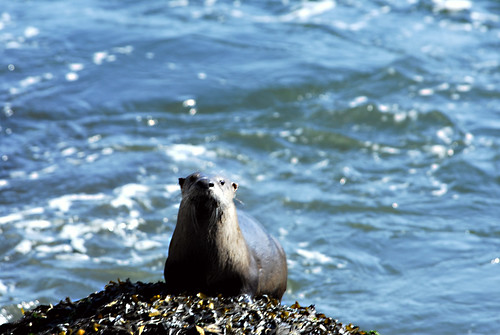

Galiano Island has one gas station, grocery stores, a pub, no bank, and a few stores, including some interesting craft galleries and craft shops, all clustered at the southern end of the island. Many of the island's amenities are found near the ferry terminal at Sturdies Bay, but little treasure spots oare dotted throughour the island.
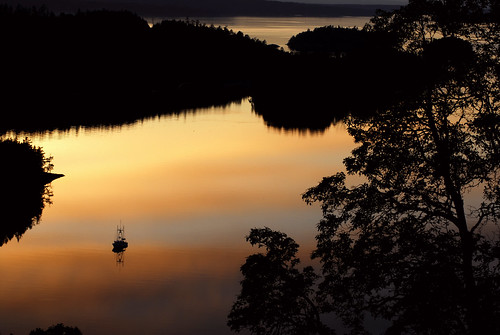

Today, Galiano is the hub for sea-kayak trips and the site of Montague Harbour Provincial Marine Park, one of the largest provincial parks on any of the islands. Galiano Island has the most dedicated park land of all the Southern Gulf Islands. There are seven beautiful parks, and miles of old logging trails and country lanes. There's literally something here for everyone, whether you're beachcombing or birdwatching, walking or hiking, mountain biking or horseback riding - it's the perfect setting for your adventure vacation.


Population: 1,035
Location: Galiano Island is located midway between Victoria and Vancouver, accessible by ferry from either the Tsawwassen ferry terminal on the BC mainland or the Swartz Bay terminal, north of Victoria on Vancouver Island.

- To get a real feeling for island life, check for upcoming events, attend a concert, craft fair, studio tour, art exhibit, festival or a local dance.
- The Galiano Museum has excellent exhibits, including an extensive photo gallery, on the area’s Aboriginal people and early European settlers. To see the final resting place of early pioneers, visit Galiano Cemetery.
- Climb Mount Galiano and see for miles and miles - enjoy awe-inspiring views of the Coast Mountain Range, Vancouver Island, the Gulf and San Juan Islands, and Mount Baker and the Olympic Peninsula in Washington State.


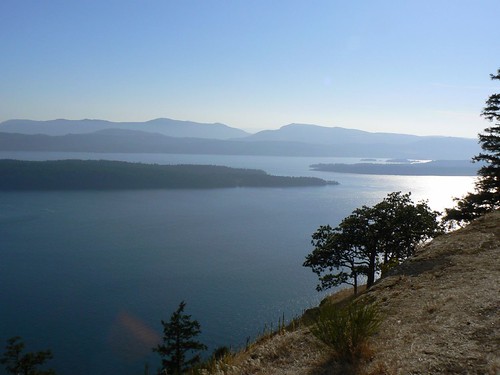
-
The day-use area of Montague Harbour Marine Park offers a wonderful sandy beach. Although not exactly warm, the shallow waters here are bearable for swimming. You can walk along the peninsula until you find another white shell beach of your own. Other swimming areas with beach access can be found at Georgeson Bay, Cain Bay and Retreat Cove.
Gulf Island Arbutus trees
- Active Pass and Porlier Pass offer excellent scuba diving, sports fishing and kayaking. Consult tide tables to determine the most favourable times to negotiate Active and Porlier Passes, at the south and north end of Galiano Island, respectively. As Active Pass is used by BC Ferries, use extreme caution when navigating here.
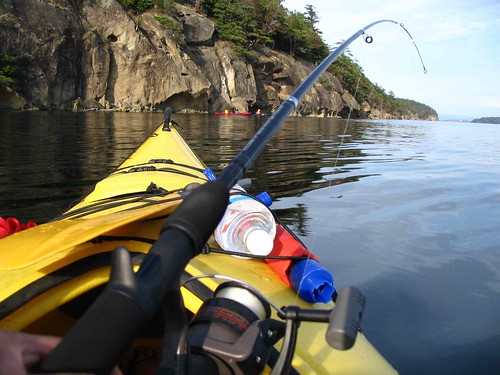
- Exploring offshore waters in a sea kayak is the best and most soulful way to discover the Islands, and Galiano Island is the centre for sea kayaking in the southern islands. If you bring your own kayak or canoe with you, BC Ferries treats them as hand baggage and there is no charge. If you wish to rent, you won't have to walk farther than the first intersection north of the ferry dock at Sturdies Bay to rent kayaks and canoes. Kayaks, boats and moped are also rented out of Montague Harbour Marina.
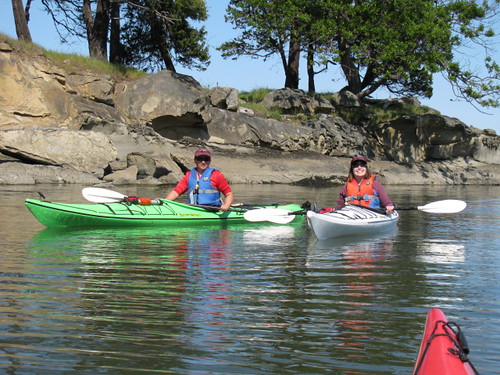

- Of all the southern islands, the rugged and spiny Galiano Island has the most well-organized mountain biking trail system. Bluffs Park is the site of some spectacular views and the beginning of a network of trails and roads around Mount Galiano. From Sturdies Bay Road, go south on Burrill to Bluff Road, then west from here to the park and beyond.
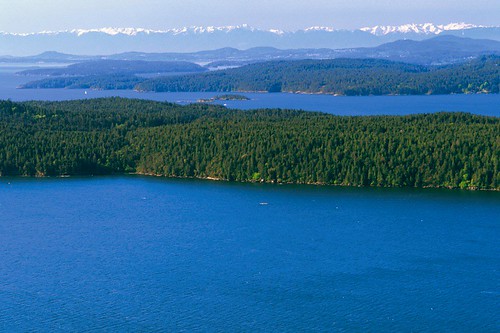
- Along the crest of Galiano Island's long sandstone spine, the Bodega Ridge Trail loops through a rare coastal habitat of Douglas fir, hairy manzanita, and Garry oak. Following the 328-m ridge, the first half of the trail encompasses a panorama that includes the Trincomali Channel, the hilly profile of Saltspring Island, and the shadowy outline of the mountains on Vancouver Island. In contrast, the second half of the trail loops beneath the shade of tall Douglas firs, along paths and old logging roads heavily overgrown with hip-high salal, nettles, and brambles.
The well-used trail starts at the faded Bodega Ridge Nature Trail sign at the end of Cottage Way. Cottage Way is off Porlier Pass Road, about 12 miles (19 km) north of the Sturdies Bay ferry terminal. Five minutes of gentle, uphill walking through salal growing under a canopy of Douglas firs brings you to a clearing of Scotch broom. At the far end of the clearing, a sign cautions, 'Proceed at your own risk. Steep rugged terrain.' Just past the sign, the trail divides. Bear left here. Farther along the trail, past another sign warning of the impending dangerous terrain, the ridge drops away dramatically, revealing a magnificent view across the islands, mountains, and water.

Far below, Wallace Island sits squat in the middle of Trincomali Channel. The Secretaries, Mogli, Norway, Hall, and Reid Islands lie like stepping stones in the narrow strait between Galiano and Salt Spring Islands. Farther northwest, beyond Kuper and Thetis Islands, lurk the shadowy outlines of the mountains of Vancouver Island. Spreading in a soothing collage of blues, greys, and greens, the unfolding scenery is balm to citified eyes. Heading north along the edge of the ridge between the arbutus trees and clumps of hairy manzanita - this shrub grows more profusely on Bodega Ridge than anywhere else in the Gulf Islands - you'll reach a large slab of sand right on the ridge edge. Less than 2 miles (3.22 km) from the trailhead, you may well have spotted a turkey vulture or two by now. At a distance it's easy to confuse immature bald eagles with turkey vultures. Both birds soar in a similar way, and even with binoculars it is difficult to make out the red heads of the vultures.
- Visitors are welcome at the well-maintained golf course at the Galiano Golf & Country Club, and the clubhouse features a licensed restaurant.
- Although Montague Harbour Provincial Marine Park on the west side of Galiano Island was BC's first marine park, it has become just as popular with drive-in and cycle-in visitors as with boaters (boats may be launched at the ramp in Montague Harbour Marine Park). The 89-hectare park is one of the Gulf Islands' most popular parks, lying 5 miles (8 km) north of the BC Ferries dock at Sturdies Bay. Some of the walk-in sites are located in an ultra picturesque wooded setting on a small ridge above the harbour. Shell beaches and warm summer swimming are particularly attractive to families, and hikers can hike the trails at Gray Peninsula.
- Take in the spectacular views from the 141-acre park Dionisio Point Provincial Park at the northeastern tip of Galiano Island. Much of this park has a weathered-limestone shoreline, characteristic of both Galiano and Gabriola Islands. Boaters can choose to land at pebble beaches on either side of Dionisio Point and thus avoid the tidal currents in Porlier Pass. Dionisio offers spectacular mature forests, rocky points, sandy beaches and a tidal lagoon.
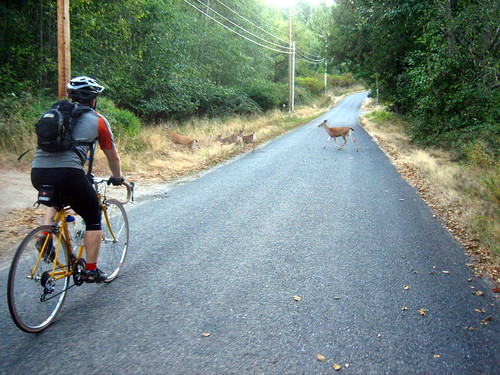
- Galiano's Bellhouse Provincial Park is named in honour of the first innkeepers on the island. Besides the small beach here, the park's main attractions are the wildly shaped limestone formations on the shoreline of Active Pass and the parade of large ferry boats that squeeze through the waterway that separates Galiano and Mayne Islands. This is a dream location for photographers. Bellhouse is only a short walk north from the ferry dock at Sturdies Bay and is well marked. Pause here to rest and picnic before heading uphill to Bluffs Park, another good picnic location at the south end of Galiano.
- Upswelling currents bring cold, nutrient-rich water to the surface around narrow passages between islands, such as in Active Pass, which divides Galiano and Mayne, and Porlier Pass, between Galiano and Valdes. In April and early May, thousands of Bonaparte's gulls, decked out in their black-headed breeding plumage, gather to feed on tiny shrimp or krill that float on the surface of Active Pass. Herring runs at this time of year attract California sea lions and bald eagles as well as hundreds of jet-black Pacific loons and Brandt's cormorants.
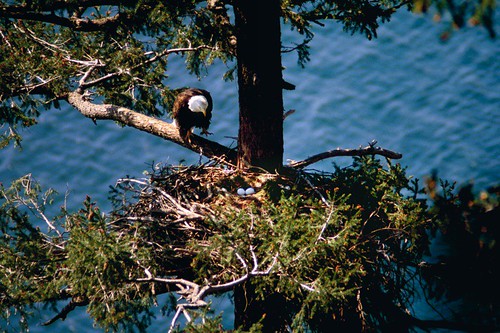
- Saved by the determination of the island's 950 permanent residents, the trail and the 368-acre (150-ha) Bodega Ridge Nature Preserve - with its nesting bald eagles and peregrine falcons, and a separate 5-mile (8-km) section along the shore - could have been lost in perpetuity. However, in July 1995 the federal and provincial governments, together with The Nature Conservancy of Canada, purchased the land, and with the help of the newly established Pacific Marine
 Heritage Legacy agreement, the preserve has been saved. Turkey vultures call Bodega Ridge home, and there's a good chance that if you walk up on the ridge you'll see them circling on the updrafts. Others sit hunched at the top of skeletal Douglas fir trees and look down with beady eyes. Even if you've never seen a turkey vulture at close quarters, you'll instantly recognize its bald, red head, which definitely does look like a turkey.
Heritage Legacy agreement, the preserve has been saved. Turkey vultures call Bodega Ridge home, and there's a good chance that if you walk up on the ridge you'll see them circling on the updrafts. Others sit hunched at the top of skeletal Douglas fir trees and look down with beady eyes. Even if you've never seen a turkey vulture at close quarters, you'll instantly recognize its bald, red head, which definitely does look like a turkey.
- Island Hopping
Travelling between the Southern Gulf Islands and Northern Gulf Islands can be accomplished in small hops. Each of these islands is a world unto itself, each with its own history, culture and colourful characters - each island deserves at least a day or two for exploring.





